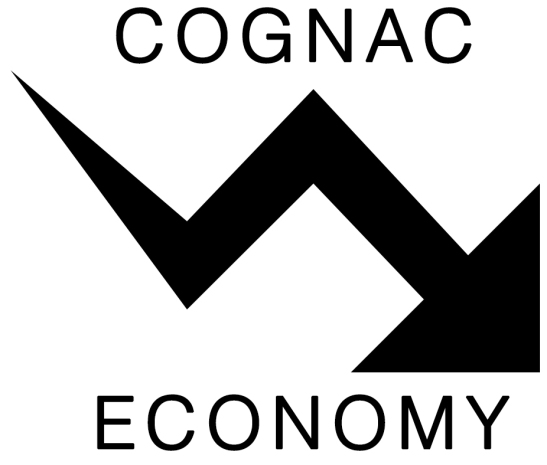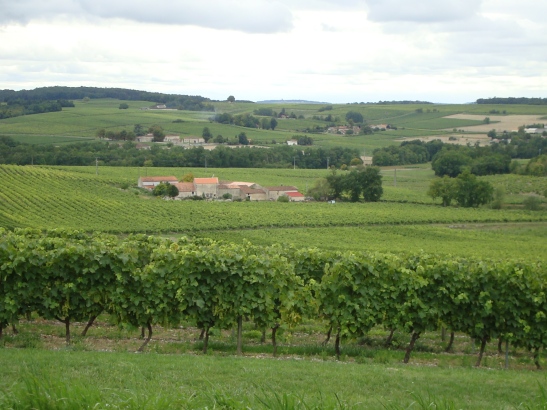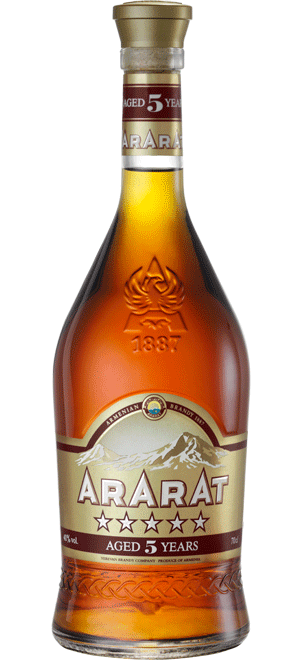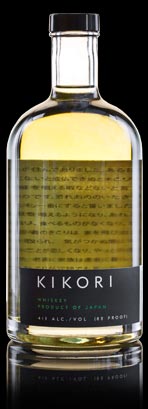
LVMH's Moet-Hennessy Unit, and logo
Moët Hennessy’s Christophe Navarre is stepping down from his role as CEO, departing the drinks company to focus full-time on his investment fund Neptune International. Navarre joined LVMH in 1997 as president and CEO of JAS Hennessy & Co., and has served as CEO of LVMH’s Moët Hennessy division.
This division is composed of a portfolio which includes Moët & Chandon, Dom Pérignon, Ruinart, Krug and Veuve Clicquot Champagne brands, but also spirits with Hennessy Cognac, Glenmorangie Scotch whiskies, Ardbeg Scotch whiskies and Belvedere Vodka, and other wines such as Cheval des Andes, Newton Vineyard, Numanthia and Terrazas de los Andes.
Hennessy, in particular, has enjoyed an impressive rise during Navarre’s management, with the brand surging 22% to 3.7 million cases in the U.S. last year, accounting for roughly two-thirds of the overall Cognac market.
Philippe Schaus, who currently manages LVMH’s luxury travel retail division DFS Group, has been named as Navarre’s successor. A 14-year LVMH veteran, Schaus previously served as executive vice president of Louis Vuitton between 2009 and 2011, and was named chairman and chief executive officer of DFS in 2012.





